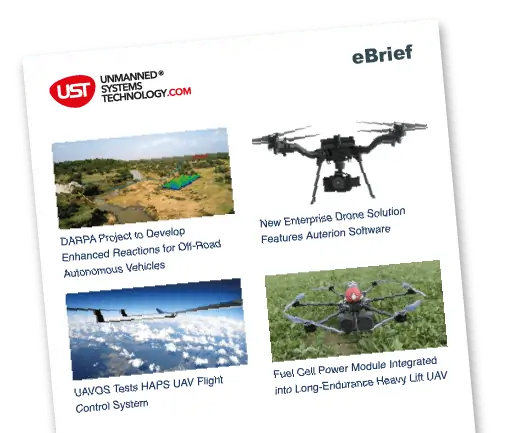The Chief of Naval Operation’s Expeditionary Warfare Division and the Naval Sea Systems Command’s Naval Special Warfare Program Office successfully launched six Rafael Spike missiles from an unmanned surface vessel precision engagement module (USV PEM) on Oct. 24th, the first time the Navy has shot a Spike missile from an unmanned surface vessel.
Though the U.S. military has had the capacity for several years to target and engage enemy forces remotely using missiles from unmanned airborne vehicles comparable technological progression has not been achieved for unmanned surface going vessels. The USV PEM, a remotely operated eleven meter boat armed with missiles and a .50 caliber machine gun, represents the first significant step forward in surface unmanned combat capability.
The increase in attention and effort for water borne technological advancements coincides with the drawing down of U.S. military resources in the land locked campaign in Afghanistan and a strategic refocusing to problem regions were unconventional maritime threats must be accounted for. “The USV PEM project was developed in response to recent world events which have increased the concern over swarms of small attack craft, as well as threat assessments outlined in recent studies conducted by the Naval Warfare Development Command,” said NAVSEA Naval Special Warfare Assistant Program Manager Mark Moses. “The study punctuates the effectiveness of these swarm attacks against both military re-supply ships and naval vessels. Technology demonstrated in this project can provide a capability to combat terrorists who use small low-cost vehicles as weapons platforms.”
The PEM, which aims, fires, and updates the missile in the flight, is operated by shore-based personnel. These personnel, sitting in a remote control center, use onboard sensors to control the boat and obtain and destroy targets. During the demonstration, they engaged stationary and moving targets out to 3.5km. The Spike missile uses electro-optic and infrared sensors to identify and lock onto the target. “The fiber optic tether is ultra thin and is spooled up and uncoils automatically during flight,” said Moses “This allows the operator to view updated targeting information to the missile while it is in flight and to confirm the missile is tracking the intended target up to the moment of impact.”
The demonstration is part of a joint project between the U.S. and Israel accomplished under an international agreement with the Combating Terrorist Tactics Support Office. The integration of the PEM into the USV was done with cooperation from the Naval Undersea Warfare Center Newport, Naval Surface Warfare Center Crane and Naval Surface Warfare Center Dahlgren.
NAVSEA’s Naval Special Warfare Program Office is responsible for acquiring and maintaining systems for Navy special operations forces, including a shallow water combat submersible, SEAL delivery vehicle, semi-autonomous hydrographic reconnaissance vehicle, hydrographic mapping unit, diving systems, and Navy small arms.
Source: NAVSEA Office of Corporate Communications


















